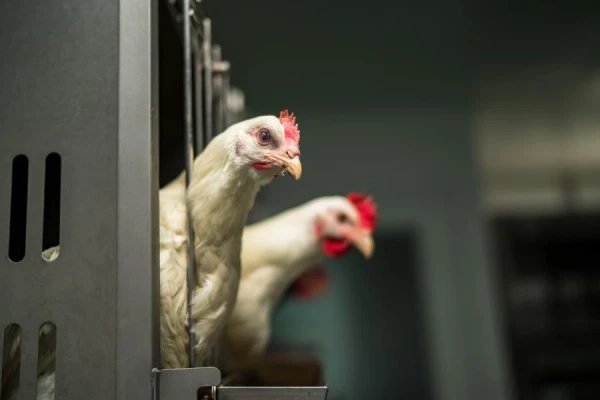
Owls prefer to go to bed late and wake up in the morning, while larks fall asleep early and rise early. But what is meant by the terms 'early' and 'late'? One person may go to bed at ten in the evening, another at midnight, and someone even later.
In their article published in PLoS ONE, researchers from Harvard University detail the diversity of chronotypes among people, whose sleep and wake rhythms, according to the authors, can differ by as much as ten hours.
Dorothee Fischer and her team used data collected from 2003 to 2014 as part of a large health project: tens of thousands of participants aged 15 to 64 provided information about their lifestyles, including bedtimes and wake-up times. However, to determine the chronotype, not only the information about sleep onset and awakening was considered, but also the average point between these moments; for example, if a person fell asleep at midnight and woke up at eight in the morning, their 'mid-sleep' would be at four in the morning. (It should be noted that the study used data concerning sleep only on weekends, when work does not interfere with full rest.)
As a result, chronotypes were distributed as follows: for the majority (50%), the 'mid-sleep' was between 2:24 AM and 4:15 AM; for 25%, it was earlier, and for the remaining 25%, it was later, with the difference ranging from midnight to 9:53 AM respectively (it is important to emphasize that midnight and 9:53 AM are not the times of falling asleep and waking up, but specifically the time of mid-sleep). The chronotype significantly depended on age: among youth aged 17 to 19, the 'half-sleep time' was at 4:30 AM, while for people in their sixties, it was at 3:00 AM.
It is also worth noting that among young people (aged 15 to 25), the range of chronotypes was the most significant, while with age, their diversity decreased — as people grew older, the points of 'mid-sleep' among different individuals converged. Men and women also differed in this aspect: up to the age of forty, the male chronotype was generally later than the female, while after forty, they swapped positions.
Undoubtedly, one cannot fail to mention sleep duration: some sleep for five hours, some for eight, and some for eleven. Nevertheless, no dependence of a specific chronotype on total sleep time was identified; in other words, it cannot be claimed that those who sleep for five hours tend to fall asleep early and wake up early, while those who sleep for eleven hours prefer to go to bed late and wake up before noon.
Thus, it can be asserted that there are many varieties of 'owls' and 'larks', and as they grow older, 'larks' can become more 'owl-like', while 'owls' become somewhat more 'lark-like'. This seems to be related to the fact that the circadian rhythms of the brain change with age — we recently discussed how the genetic components in biological clocks change over time: some genes stop controlling circadian rhythms, and others take their place.















Leave a comment